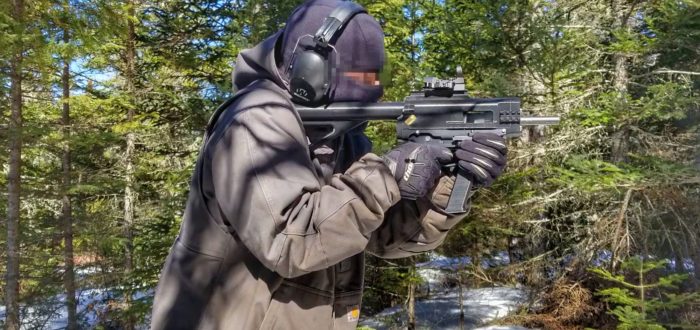Armament Research Services (ARES) is very pleased to announce the release of our latest Research Report, Desktop Firearms:
Emergent Small Arms Craft Production Technologies. The report examines the range of emergent technologies which are influencing the craft-production of small arms by individuals, and the effects these are having on the types of weapons that can be produced, and the viability of those outputs. Some paraphrased excerpts from the report follow:
On 5 May 2013, Defense Distributed—a self-described “…private defense contractor in service of the general public”—released the data for an almost entirely 3D-printed firearm , christened the ‘Liberator’. From that point onwards, 3D printing of firearms and firearm components began to proliferate. Today’s designs, however, have advanced a long way from their progenitor of less than a decade earlier. The barriers to entry have been dramatically lowered, and emergent technologies such as electrochemical machining (ECM) and desktop/micro-CNC have paved the way for the average person to craft-produce, with a little perseverance, capable self-loading hybrid firearms such as the FGC-9. Individuals can increasingly obtain firearms without having to access criminal networks or legally controlled firearms distribution channels, maintaining anonymity and independence.
It is highly likely that the FGC-9 is simply the first of a new wave of cheap, nearly-entirely-homemade 3D-printable firearm designs which solve material limitations by incorporating readily available metal components and unregulated firearms parts. This new breed of design offers adopters a cheap and effective firearm that is very difficult to trace, and may have the potential to rival or outstrip previous trends in the acquisition of illegal firearms modified from replica and deactivated firearms—themselves subject to increasing legislation. There are very limited control options for restricting access to the materials or design files used in craft-producing such weapons, and progressively more affordable machines and tools—as well as ongoing refinement of techniques—are likely to make their continued development and acquisition increasingly commonplace. As technical hurdles are raidly overcome, rifle-calibre firearms requiring strong locking actions—previously the preserve of factories—may soon be produced in the same low-tech manner as the FGC-9.
Whilst the research suggests that emergent craft-produced firearms are primarily designed and built by enthusiasts, small numbers have been used in violent incidents. 3D-printed firearms have been stockpiled by criminal elements. The perpetrator of the recent Halle attacks in Germany, for example, included a crude hybrid 3D-printed firearm in his arsenal.

To read the full publication, click here.
For more publications from ARES, see our Publications page.


Pingback: Toronto Police seize PKC Glock with 3D-printed frame – Armament Research Services